Marcel Würsch
Improving Reproducible Deep Learning Workflows with DeepDIVA
Jun 11, 2019
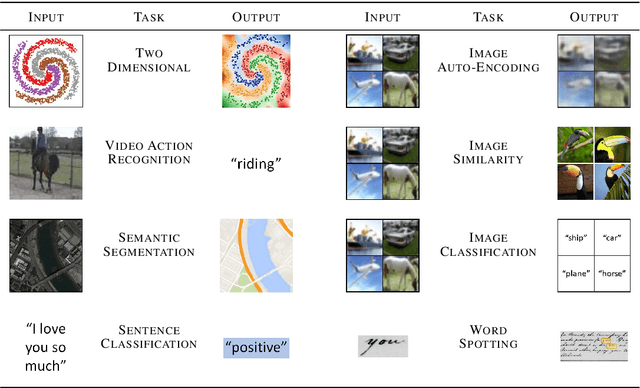
Abstract:The field of deep learning is experiencing a trend towards producing reproducible research. Nevertheless, it is still often a frustrating experience to reproduce scientific results. This is especially true in the machine learning community, where it is considered acceptable to have black boxes in your experiments. We present DeepDIVA, a framework designed to facilitate easy experimentation and their reproduction. This framework allows researchers to share their experiments with others, while providing functionality that allows for easy experimentation, such as: boilerplate code, experiment management, hyper-parameter optimization, verification of data integrity and visualization of data and results. Additionally, the code of DeepDIVA is well-documented and supported by several tutorials that allow a new user to quickly familiarize themselves with the framework.
Are You Tampering With My Data?
Aug 21, 2018
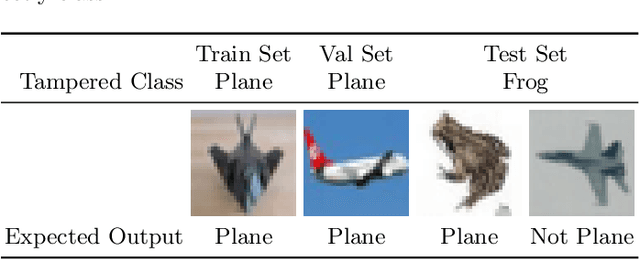
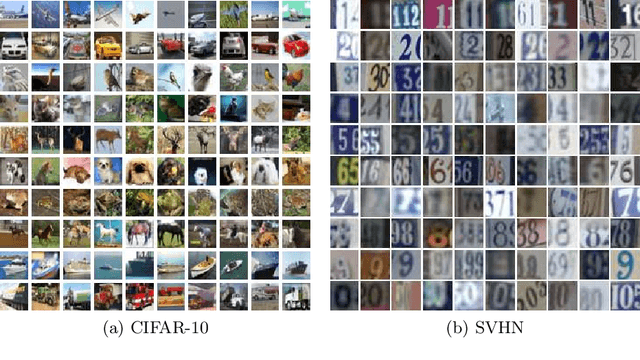
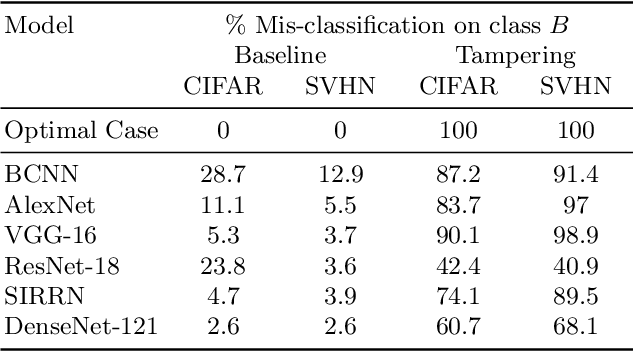
Abstract:We propose a novel approach towards adversarial attacks on neural networks (NN), focusing on tampering the data used for training instead of generating attacks on trained models. Our network-agnostic method creates a backdoor during training which can be exploited at test time to force a neural network to exhibit abnormal behaviour. We demonstrate on two widely used datasets (CIFAR-10 and SVHN) that a universal modification of just one pixel per image for all the images of a class in the training set is enough to corrupt the training procedure of several state-of-the-art deep neural networks causing the networks to misclassify any images to which the modification is applied. Our aim is to bring to the attention of the machine learning community, the possibility that even learning-based methods that are personally trained on public datasets can be subject to attacks by a skillful adversary.
* 18 pages
DeepDIVA: A Highly-Functional Python Framework for Reproducible Experiments
Apr 23, 2018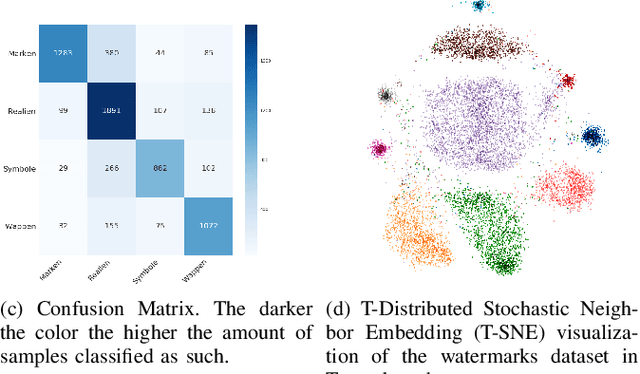
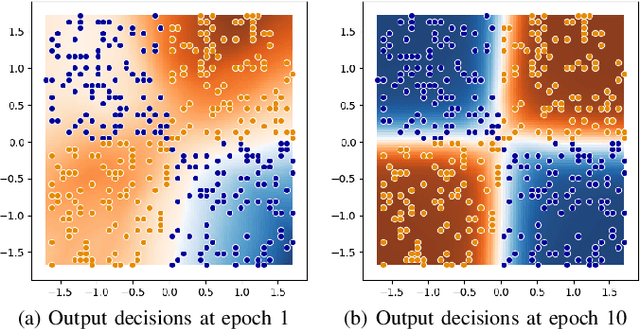
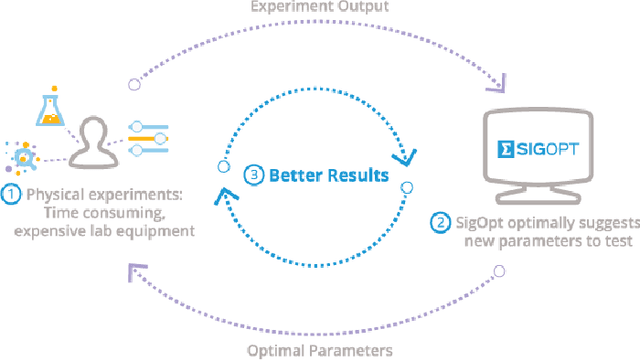
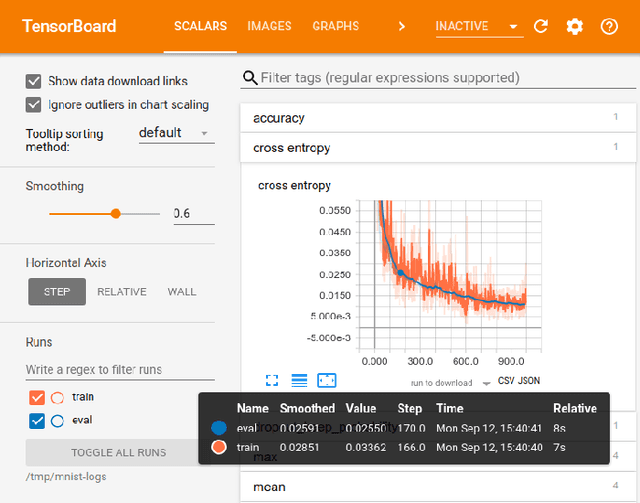
Abstract:We introduce DeepDIVA: an infrastructure designed to enable quick and intuitive setup of reproducible experiments with a large range of useful analysis functionality. Reproducing scientific results can be a frustrating experience, not only in document image analysis but in machine learning in general. Using DeepDIVA a researcher can either reproduce a given experiment with a very limited amount of information or share their own experiments with others. Moreover, the framework offers a large range of functions, such as boilerplate code, keeping track of experiments, hyper-parameter optimization, and visualization of data and results. To demonstrate the effectiveness of this framework, this paper presents case studies in the area of handwritten document analysis where researchers benefit from the integrated functionality. DeepDIVA is implemented in Python and uses the deep learning framework PyTorch. It is completely open source, and accessible as Web Service through DIVAServices.
 Add to Chrome
Add to Chrome Add to Firefox
Add to Firefox Add to Edge
Add to Edge